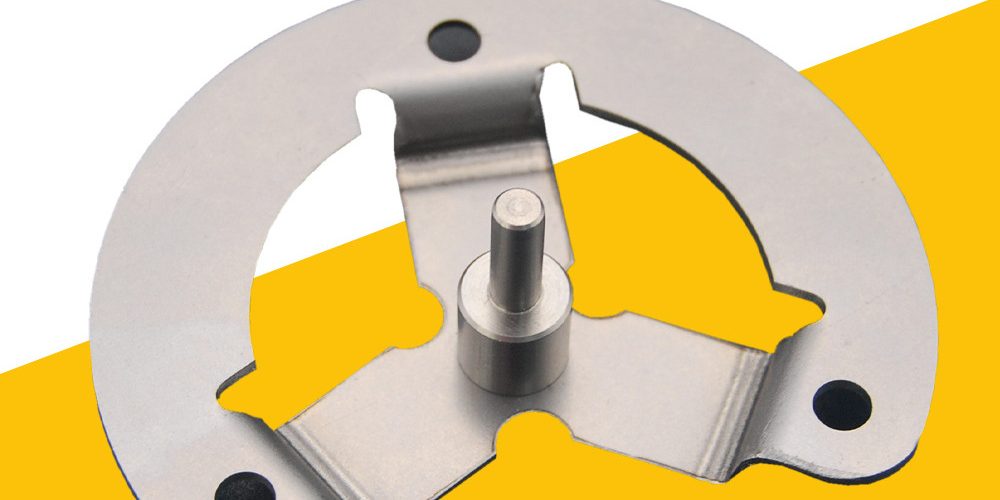During the powder spraying process, the following safety precautions should be noted:
**I. Prevention of dust explosion risks**
1. Control dust concentration: Ensure that the dust concentration in the spraying area is within a safe range. Install an effective ventilation system to discharge powder particles in the air in time and prevent dust accumulation. For example, use explosion-proof ventilation equipment to ensure that the ventilation volume is large enough to quickly reduce the dust concentration.
2. Prevent fire sources: Open flames and high-temperature heat sources are strictly prohibited in the powder spraying area. Electrical equipment should be explosion-proof to avoid generating electric sparks. For example, explosion-proof lamps should be used for lighting fixtures, and wires should be protected by explosion-proof sleeves. At the same time, smoking and using lighters and other behaviors that may cause fire sources are prohibited in the spraying area.
3. Eliminate static electricity: Powder is prone to generate static electricity during the spraying process. Accumulated static electricity may cause sparks and lead to explosions. Therefore, an effective static electricity elimination device must be installed to ensure that equipment such as powder spray guns and conveying pipes are well grounded. For example, use static electricity grounding clips to connect the equipment to the grounding system and regularly check whether the grounding resistance meets the requirements.
**II. Respiratory system protection**
1. Wear protective masks: Operators should wear appropriate protective masks to prevent inhalation of powder particles. Choose dust masks with high filtration efficiency to effectively block powder particles from entering the respiratory tract. For example, using N95-level dust masks can filter out most of the fine powder particles.
2. Good ventilation: Ensure good ventilation in the spraying area to reduce the powder concentration in the air. The ventilation system should be able to introduce fresh air into the spraying area and discharge air containing powder outdoors. For example, install an exhaust hood near the spray gun to timely extract the powder generated during the spraying process.
**III. Skin contact protection**
1. Wear protective clothing: Operators should wear special protective clothing to avoid direct skin contact with powder. The protective clothing should have good sealing and wear resistance and be able to effectively block powder particles. For example, choose anti-static one-piece work clothes to prevent powder from adsorbing on clothes.
2. Clean the skin: If the skin accidentally comes into contact with powder, it should be rinsed immediately with clean water. Avoid cleaning with organic solvents to prevent skin allergies or other adverse reactions. For example, wash hands and face in time after work to keep the skin clean.
**IV. Equipment operation safety**
1. Train operators: Conduct professional training for operators engaged in powder spraying to make them familiar with the operation methods and safety precautions of the equipment. The training content should include aspects such as starting, stopping, adjusting parameters, and troubleshooting of the equipment. For example, regularly organize operators to participate in safety training courses to improve their safety awareness and operation skills.
2. Regularly maintain equipment: Regularly maintain and inspect powder spraying equipment to ensure that the equipment is in good operating condition. The inspection content includes the performance and safety of equipment such as spray guns, conveying pipes, electrostatic generators, and ventilation systems. For example, regularly clean the powder residue in the spray gun and conveying pipe to prevent blockage and failure. **V. Storage and transportation safety
** 1. Store powder correctly: Powder should be stored in a dry, ventilated, and cool place, away from fire sources and flammable materials. Obvious warning signs should be set up in the storage area, and smoking and using open flames are prohibited. For example, store powder in a special warehouse, and the warehouse should be equipped with fire extinguishing equipment and ventilation facilities.
2. Transport powder safely: When transporting powder, special transportation tools and packaging materials should be used to ensure that the powder will not leak and be damaged. Collisions, bumps, and high-temperature environments should be avoided during transportation. For example, use well-sealed packaging bags or barrels to pack powder, and the transportation vehicle should drive smoothly and avoid sudden braking and sharp turns.






